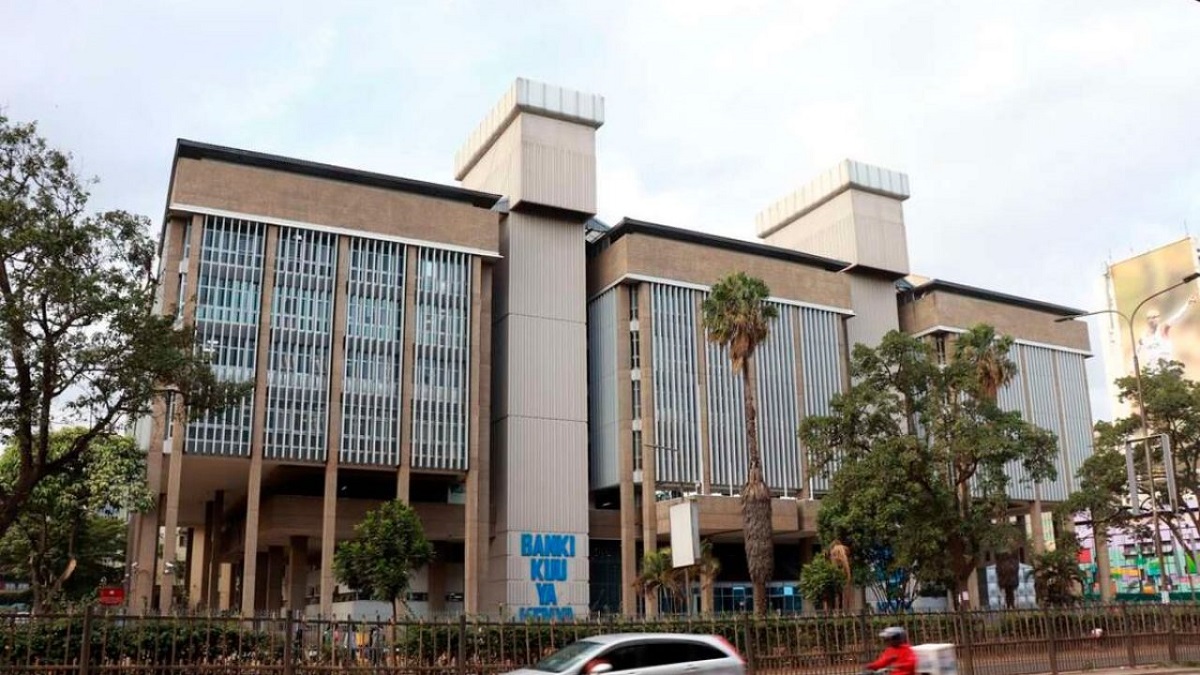Food inflation remained elevated at 10.6 percent in October, mainly due to the impact of depressed rainfall on some food items. This is according to the Monetary Policing Committee report released by the Central Bank of Kenya (CBK).
The report indicates that overall inflation declined to 6.5 percent in October 2021 from 6.9 percent in September, mainly due to lower fuel prices. Fuel inflation declined to 9.6 percent in October from 11.1 percent in September, reflecting the impact of the Government measures to stabilize fuel prices.
According to the report, inflation is expected to remain within the target range in the near
term with muted demand pressures. As a result, MPC concluded that the current accommodative monetary policy stance remains appropriate, and therefore decided to retain the Central Bank Rate (CBR) at 7.00 percent.
The recently released GDP data indicates that the Kenyan economy rebounded strongly in the first half of 2021, mainly reflecting the recovery in economic activity following the easing of COVID-19 restrictions. Real GDP grew by 10.1 percent in the second quarter of
2021 compared to a contraction of 4.7 percent in the second quarter of 2020.
“This reflects the strong recovery of the services sector particularly in transport and storage, educatio.n, information and communication, wholesale and retail trade, and the improved performance of the construction and manufacturing sectors. Leading economic indicators point to a continuing recovery in the second half of 2021 also boosted by the full reopening of the economy,” said CBK Governor Dr Patrick Njoroge.
Economic growth is expected to remain strong in 2022, with the normalization of domestic economic activities, as well as easing of global supply chain constraints, and stronger global demand.
The global economy continues to strengthen, largely supported by the ongoing deployment of vaccines, improved business investment and consumer spending, and accommodative policy measures. However, the pace of recovery remains uneven across countries, in part due to an uneven distribution of vaccines, the varied supply chain constraints, and disparate policy support measures. Additionally, inflation in the advanced economies and emerging markets has risen sharply, driven in part by rising global oil prices, and raising concerns about the policy response.
Exports of goods have remained strong, growing by 10.8 percent in the period January to October 2021 compared to a similar period in 2020. For the same period, receipts from exports of horticulture and manufactured goods rose by 19.1 percent and 35.3 percent, respectively, compared to a similar period in 2020. However, receipts from tea exports declined by 6.2 percent, partly due to the impact of accelerated purchases in 2020. Imports of goods increased by 23.6 percent in the period January to October 2021 compared to a similar period in 2020, mainly reflecting increases in imports of oil and other intermediate goods. Receipts from tourism and transport services have improved as international travel continues to recover. Remittances remained robust at USD337.4 million in October 2021, and were 20.1 percent higher in the period January to October 2021 compared to a similar period in 2020.
The current account deficit is estimated at 5.4 percent of GDP in the 12 months to October, and is projected at 5.2 percent of GDP in 2021.
“The CBK foreign exchange reserves, which currently stand at USD8,768 million (5.36 months of import cover), continue to provide adequate cover and a buffer against short-term shocks in the foreign exchange market,” added Dr Njoroge.
The banking sector remains stable and resilient, with strong liquidity and capital adequacy ratios. The ratio of gross non-performing loans (NPLs) to gross loans stood at 13.6 percent in October compared to 13.9 percent in August. Repayments and recoveries were noted in the trade, manufacturing, personal and household and financial services sectors. Banks have also begun raising additional capital with the intention of supporting lending in 2022, and financing emerging opportunities in Kenya and the region.
Growth in private sector credit increased to 7.8 percent in October 2021, from 7.0 percent in August. Strong credit growth was observed in the following sectors: manufacturing (10.9
percent; transport and communication (9.6 percent), business services (8.2 percent), and
consumer durables (16.5 percent). The number of loan applications remained strong in October, reflecting improved demand with increased economic activities. Progress was noted with regard to lending under the Credit Guarantee Scheme that was operationalised in October 2020.
Read: CBK Joins Efforts To Woo Investors To Konza Technopolis
>>> NCBA Projects Economy To grow By 5.8PC In 2021













Leave a comment